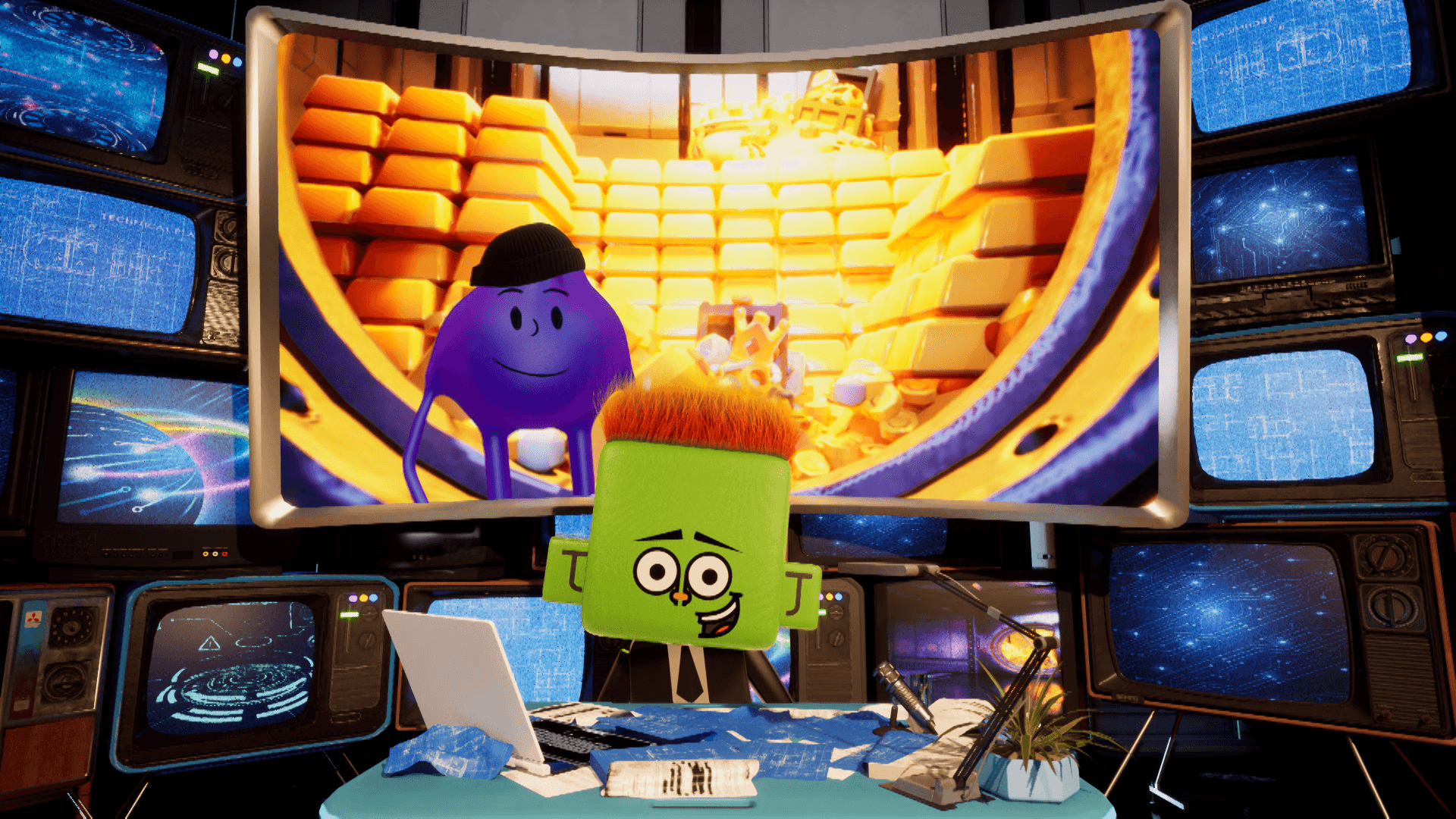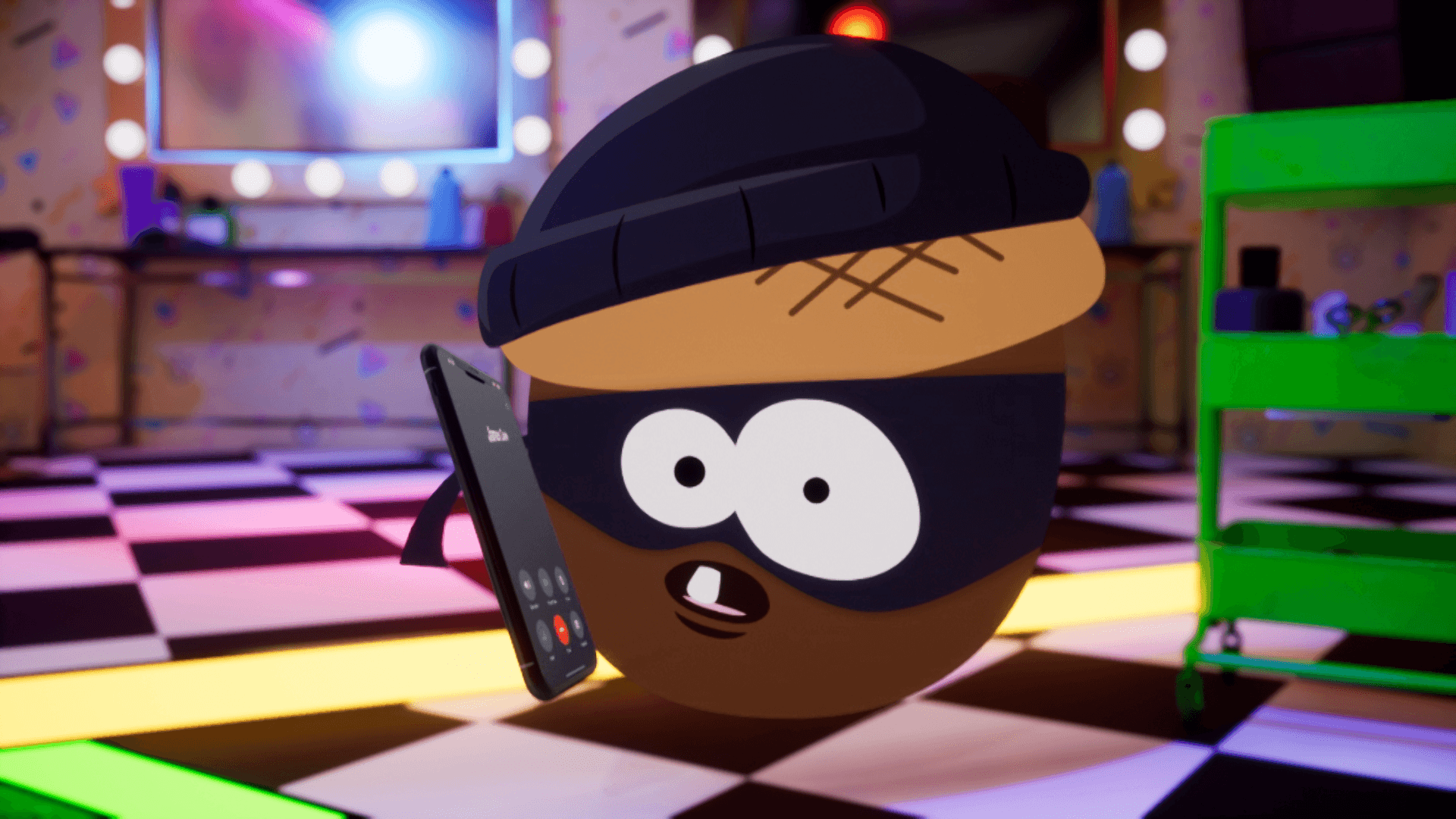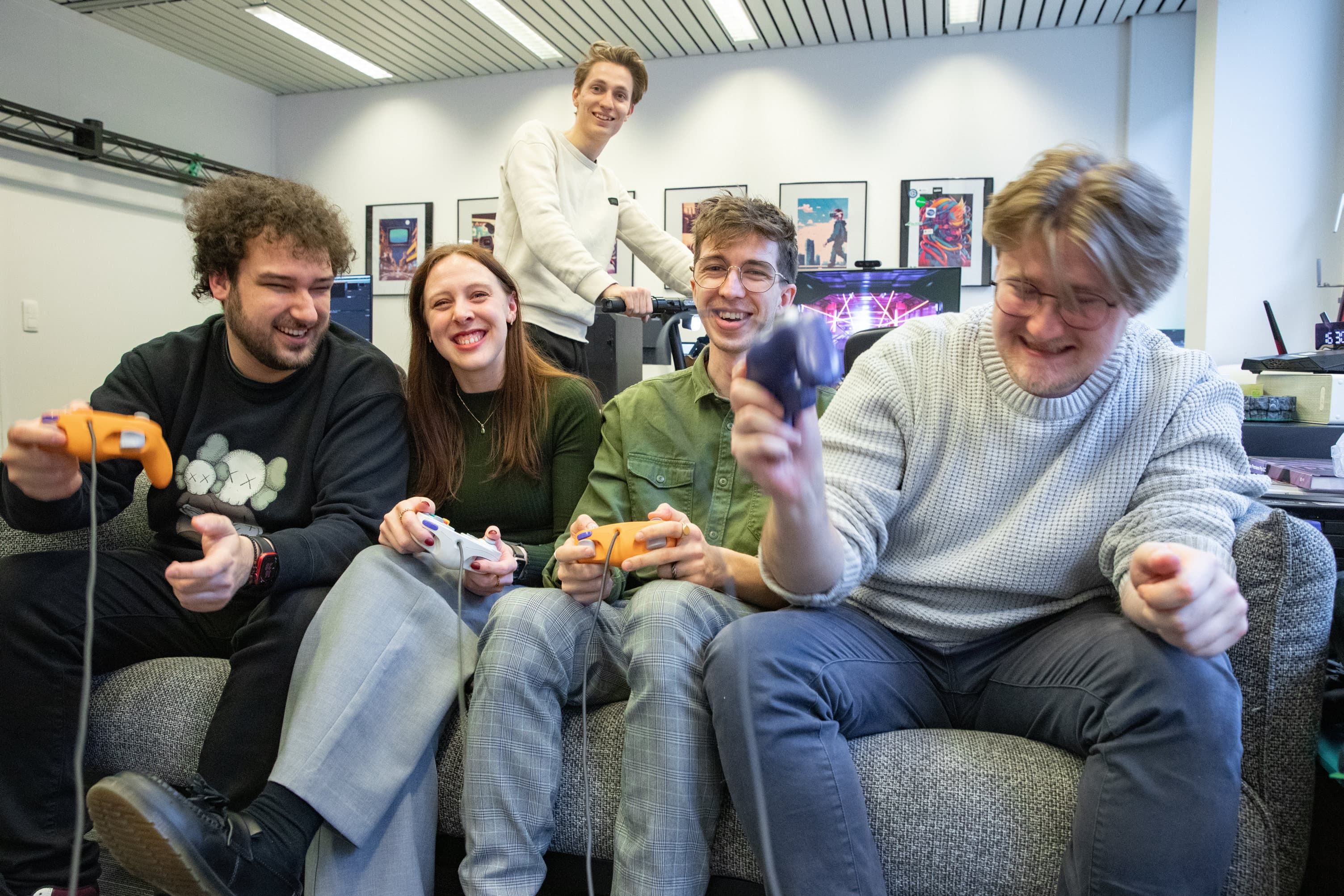
June 20, 2024
Virtual productions at VRT: from interactive fiction game to sports coverage by avatars
With 'Kraak de kluis' (Crack the Safe), VRT and Ketnet launched a brand new interactive fiction game. In the game, children can go on an adventure together with their chosen avatar and crack the safe by completing various tasks. Those same avatars, called 'peeties', also report on an epic school competition in the programme 'Plankgas to the Games' (Full Throttle to the Games). The productions were developed entirely in-house and are based on the Peetie Club, an interactive Ketnet programme made in a virtual setting with avatars.To create a new virtual world, VRT colleagues turned to game technology.
Steven Roelant is one of the game designers who helped develop the game Crack the Safe. He studied Digital Arts & Entertainment at Howest in Kortrijk and has been working for VRT Innovation for three years. He can now put his background in game design into maximum practice at VRT. "You might not think of putting game design and VRT in the same sentence, yet I was able to get started here and work on virtual productions, games and event experiences."
“It started with small test projects to see what the technology (Unreal Engine) could do for VRT, and gradually grew into a tool for visual radio and virtual production. It is a very nice environment to work in. Our creativity is stimulated on all sides and there is a lot of freedom and ownership.”

With The Peetie Prize Palace, Ketnet created an online interactive series in which children could interact live with the 'Peeties' (the characters of the game) via webcam and win prizes. The game Crack the Safe builds on this. "We are now using the virtual environment we built for the programme, The Peetie Prize Palace as a basis, but in the context of a virtual fiction game. This means that players can now make their own choices and go on adventures in the virtual world. You could compare it to a digital escape room, where we build the sets for that world with Unreal Engine, the software with which the popular Fortnite was also made."
Moreover, VRT uses that software not only to build games with, but also to shape the sets of virtual productions, such as Full Throttle to the Olympics. The interactive story itself was developed in a separate Ketnet tool, which allows different scenes and games to be linked together, allowing the player to find his own way through the story. It has already been used to create several successful interactive stories in recent years.

The team within VRT Innovation working on these virtual projects is a compact and young team, with diverse expertise. They are used to have short deadlines and taking an active part in the whole process themselves. "With a creative idea and a lot of enthusiasm, we can realise very cool things, even without a big budget," says Steven.



